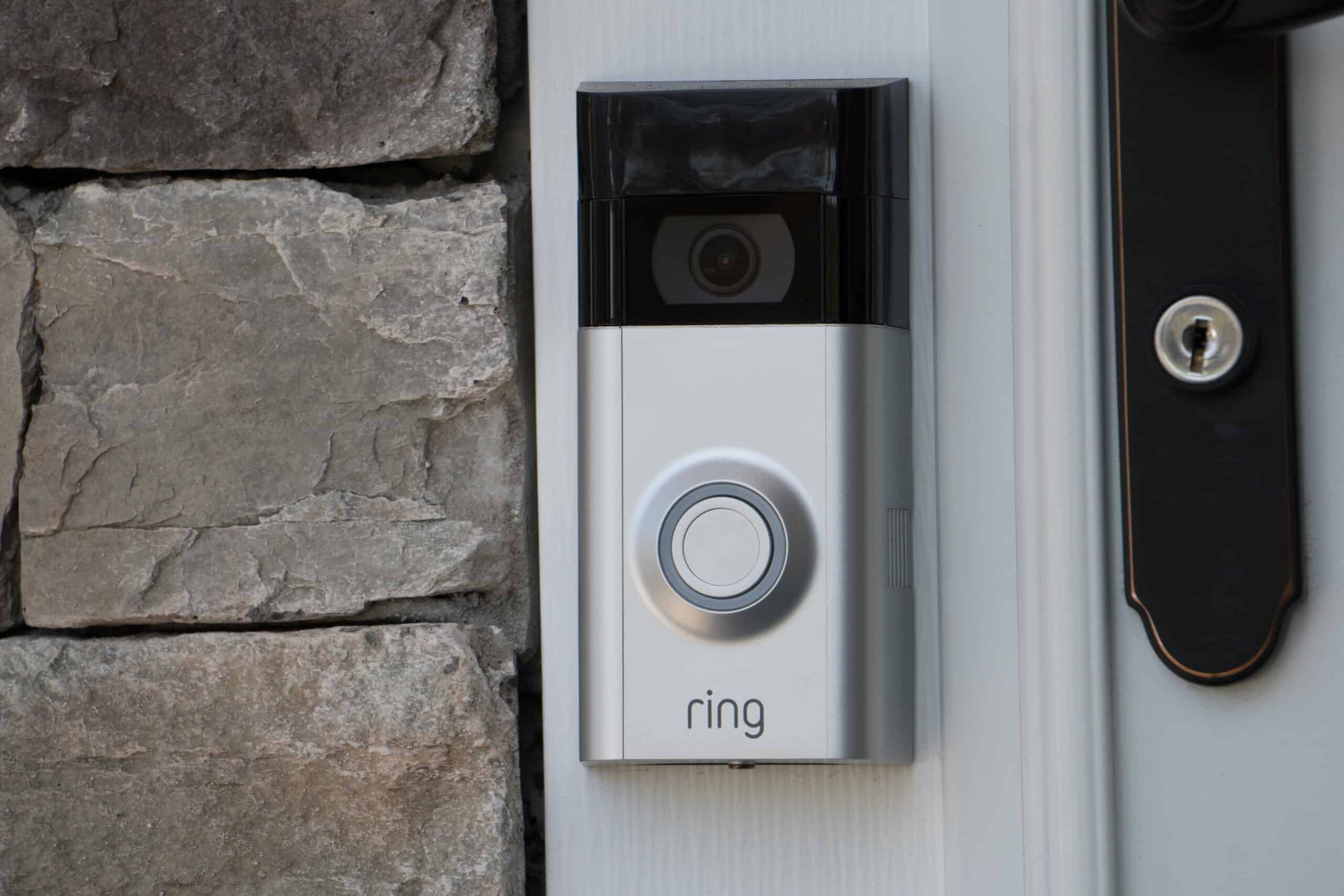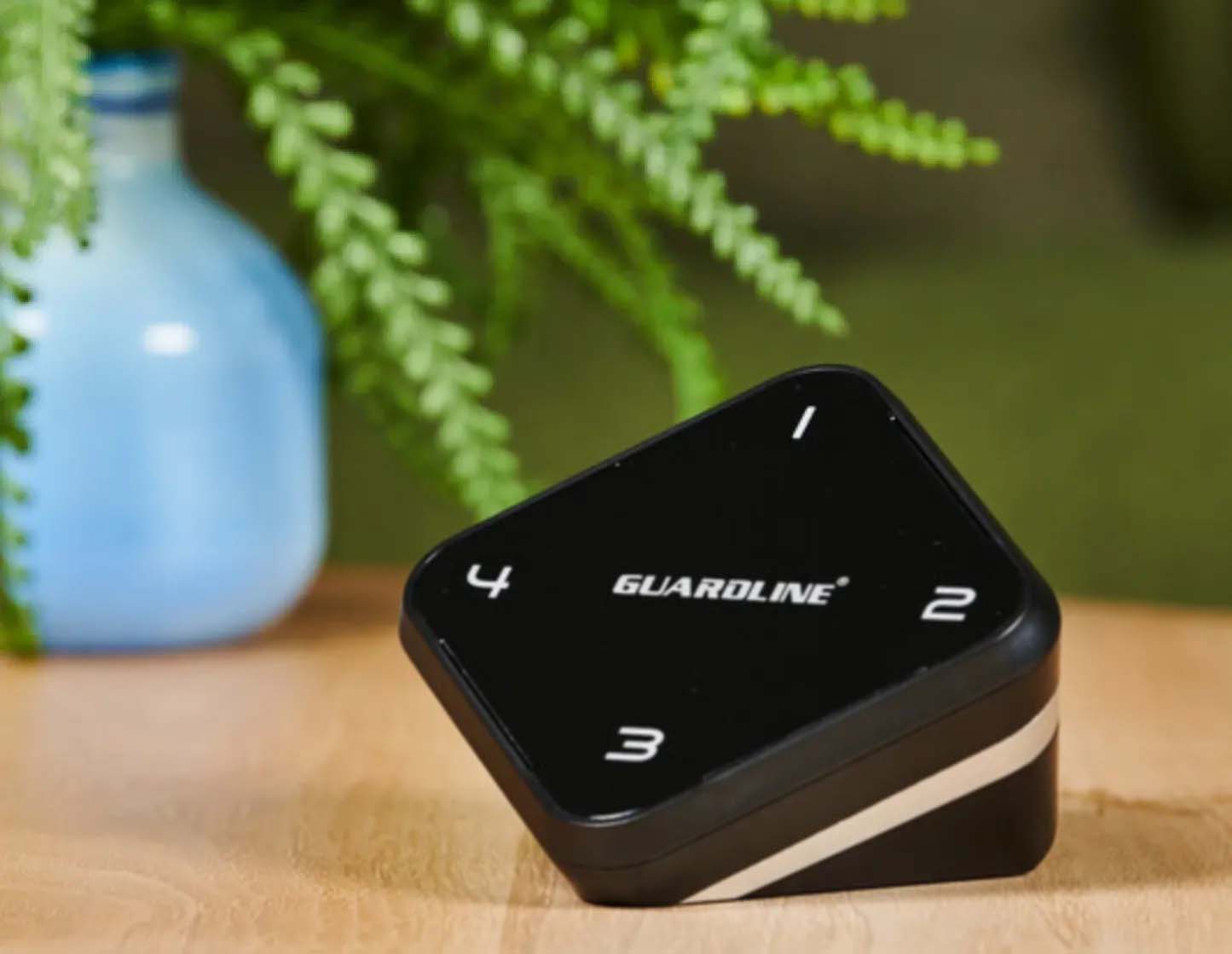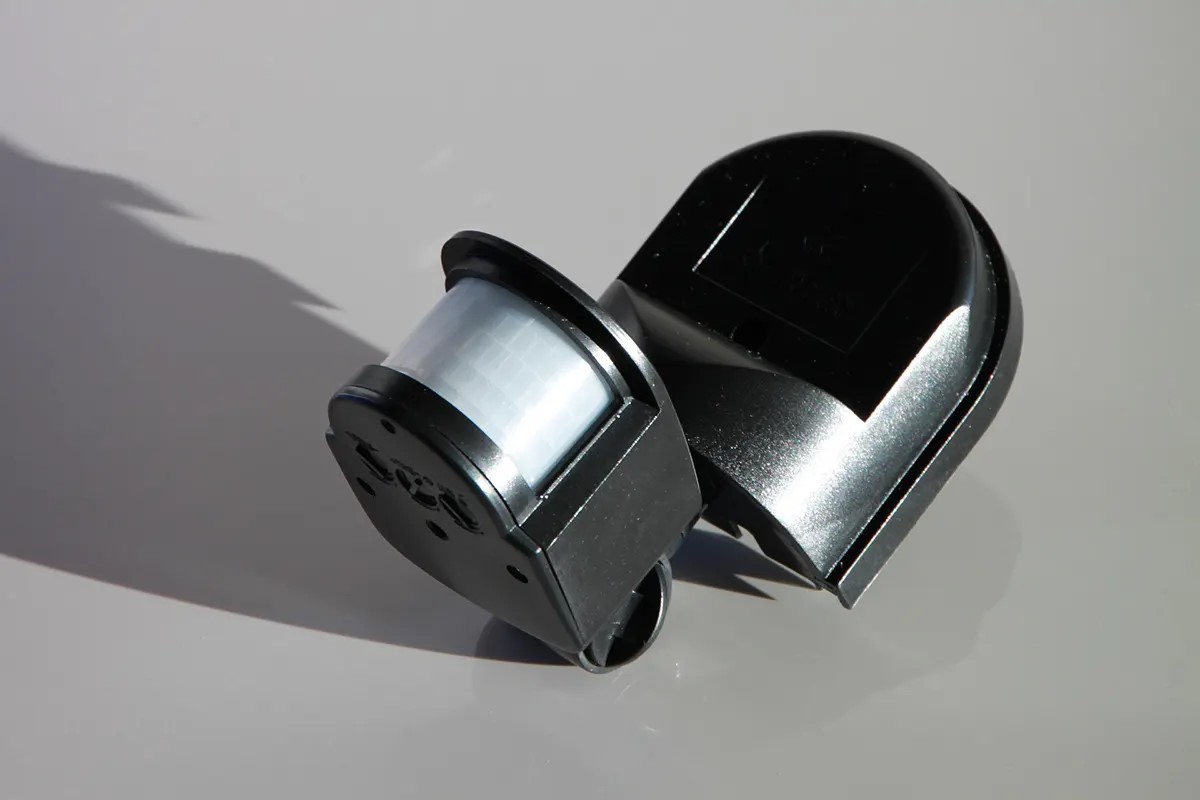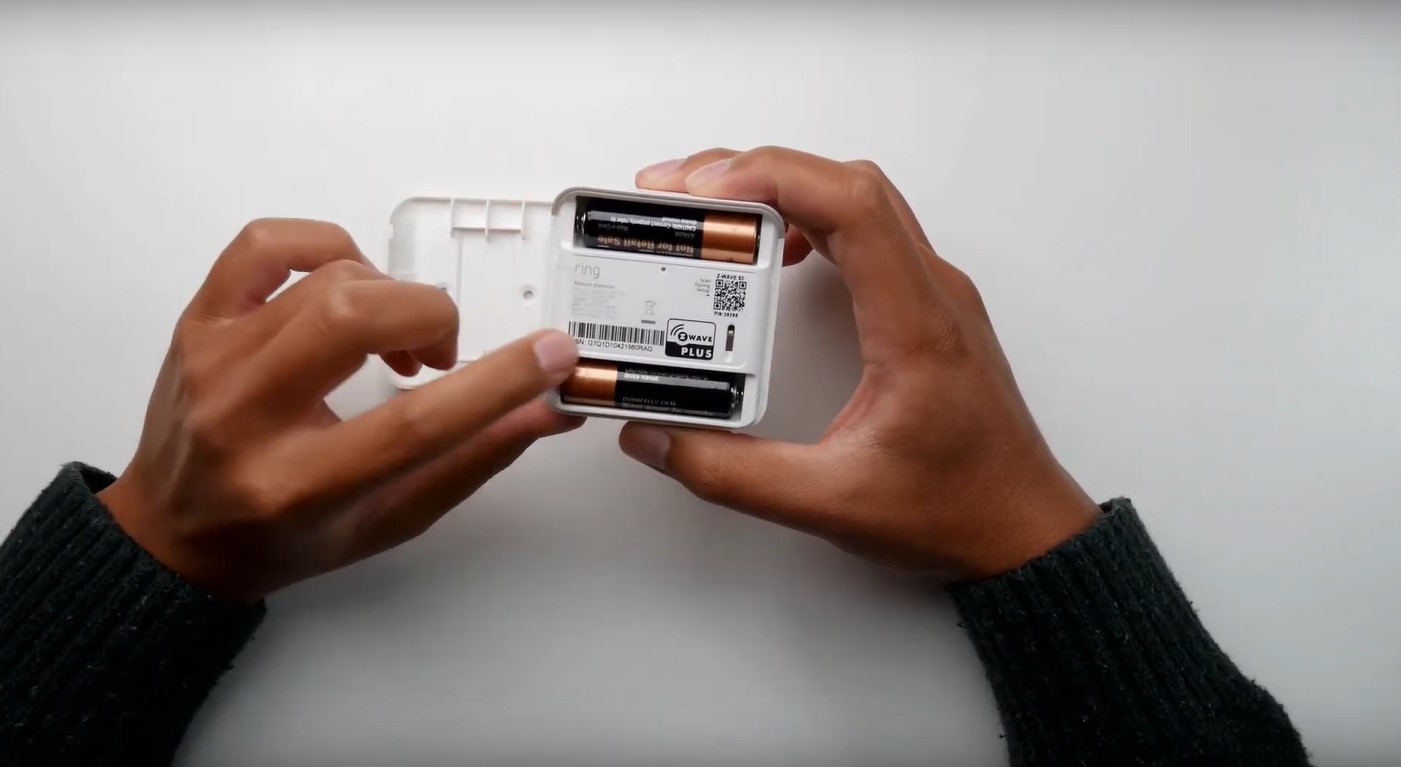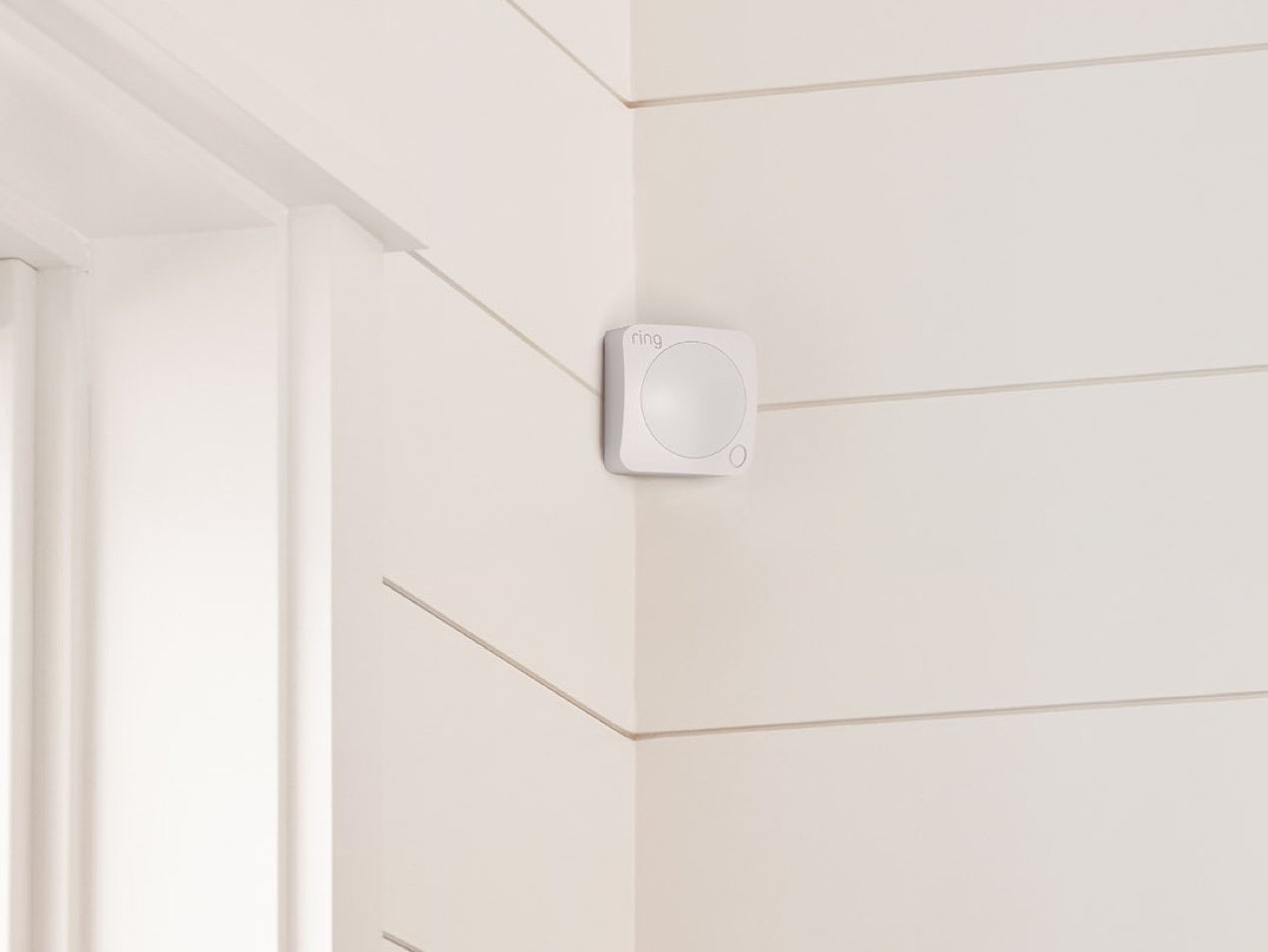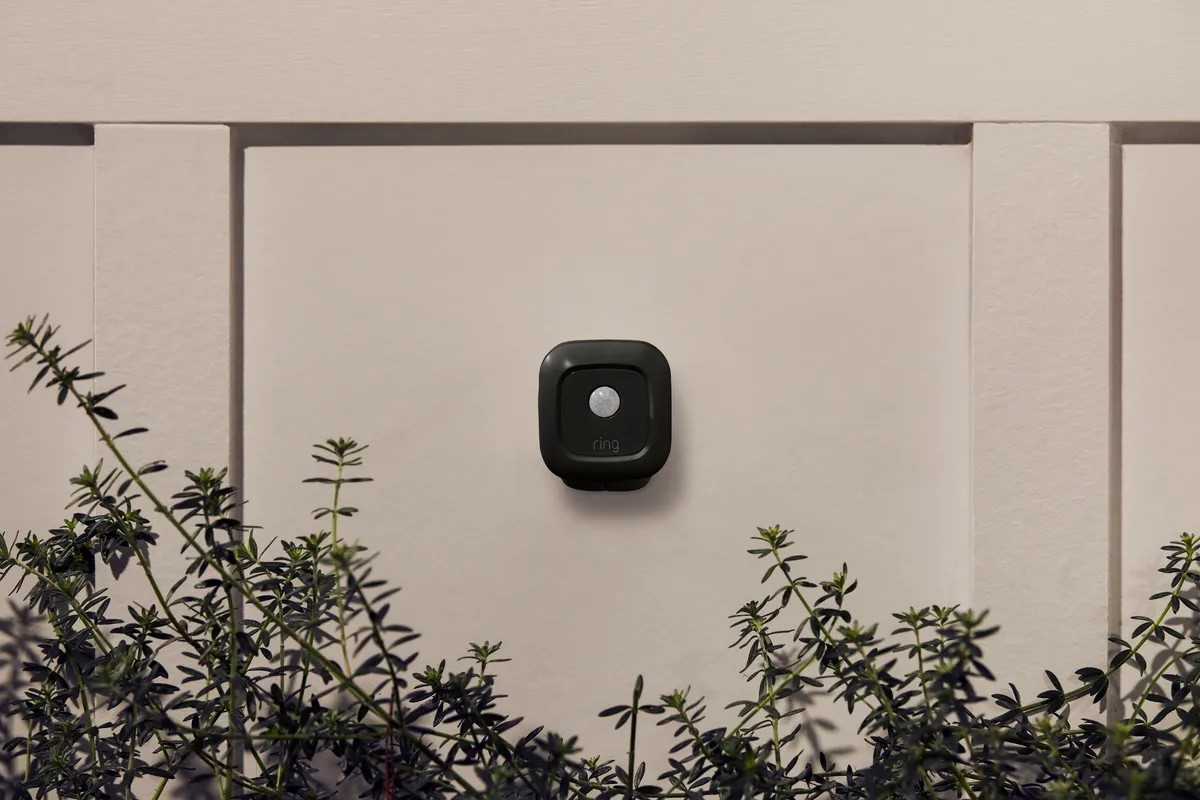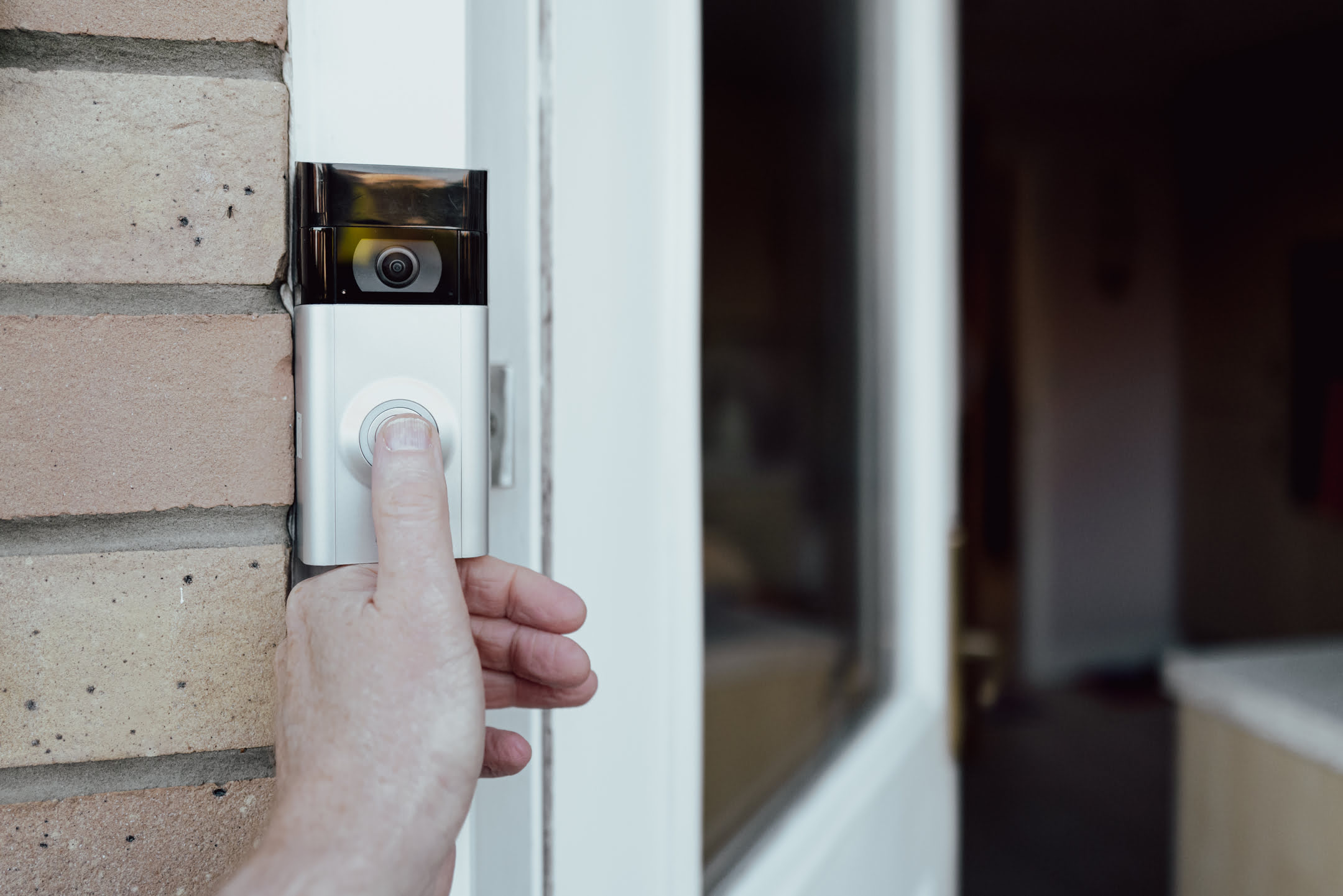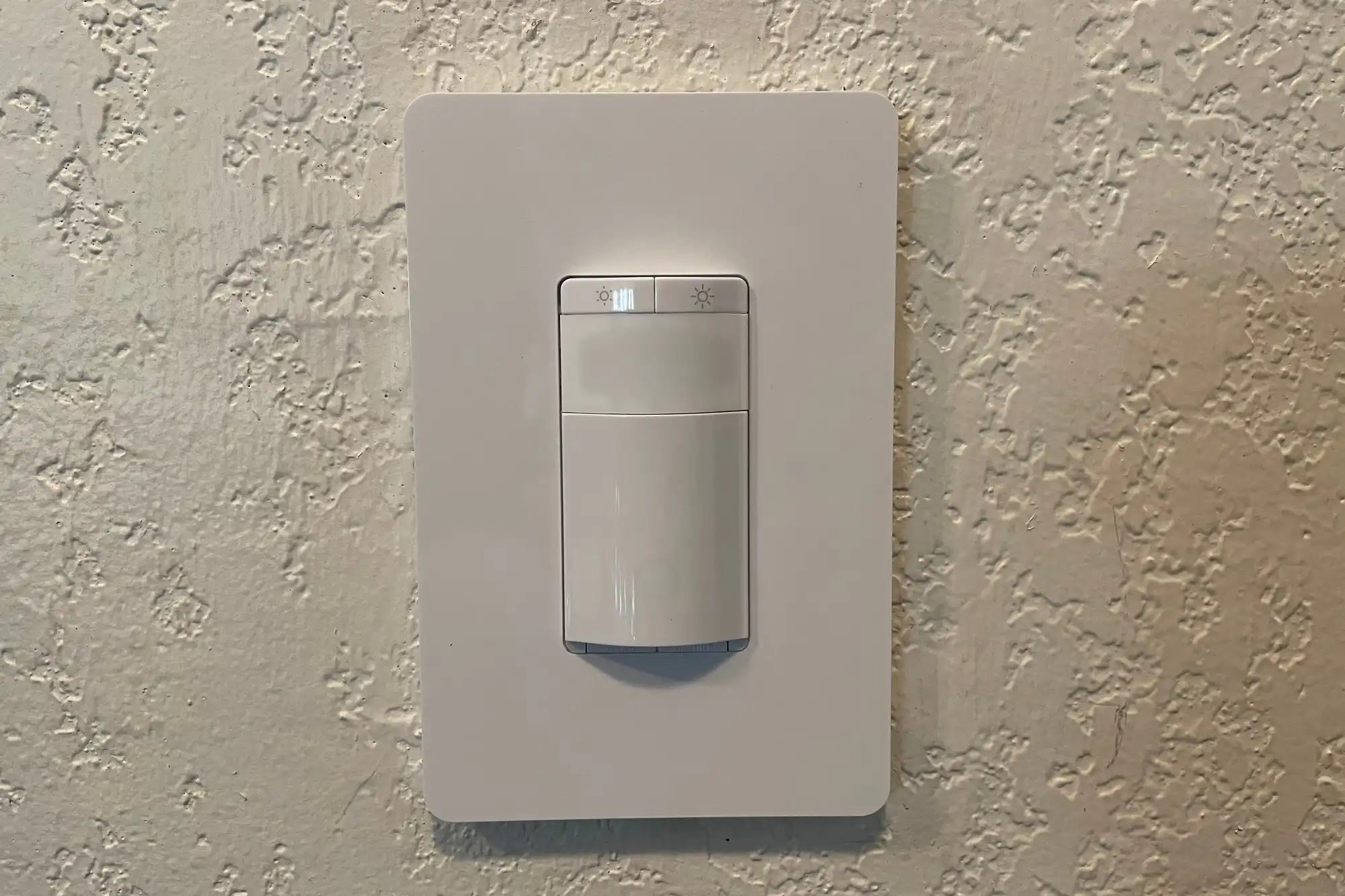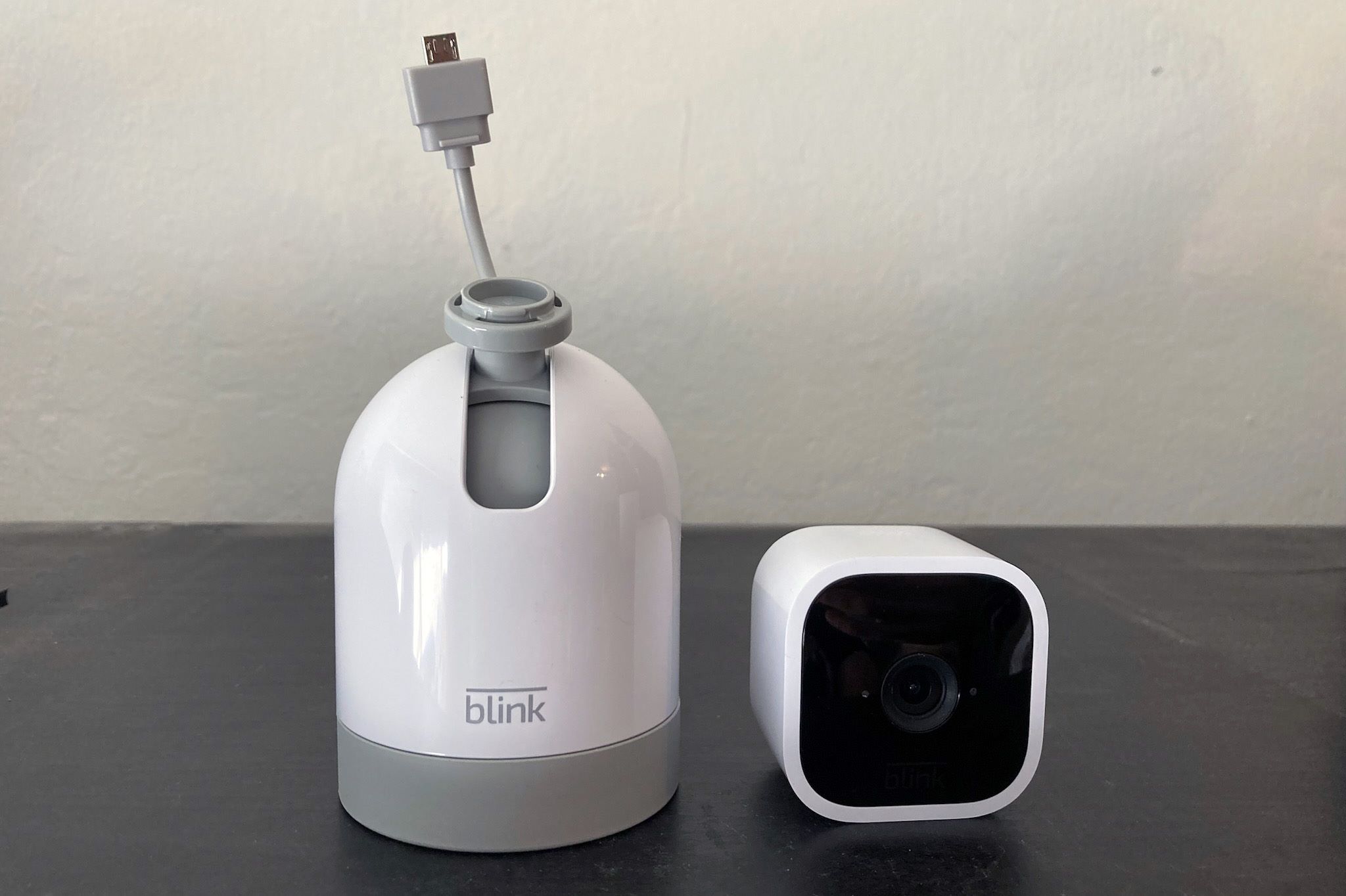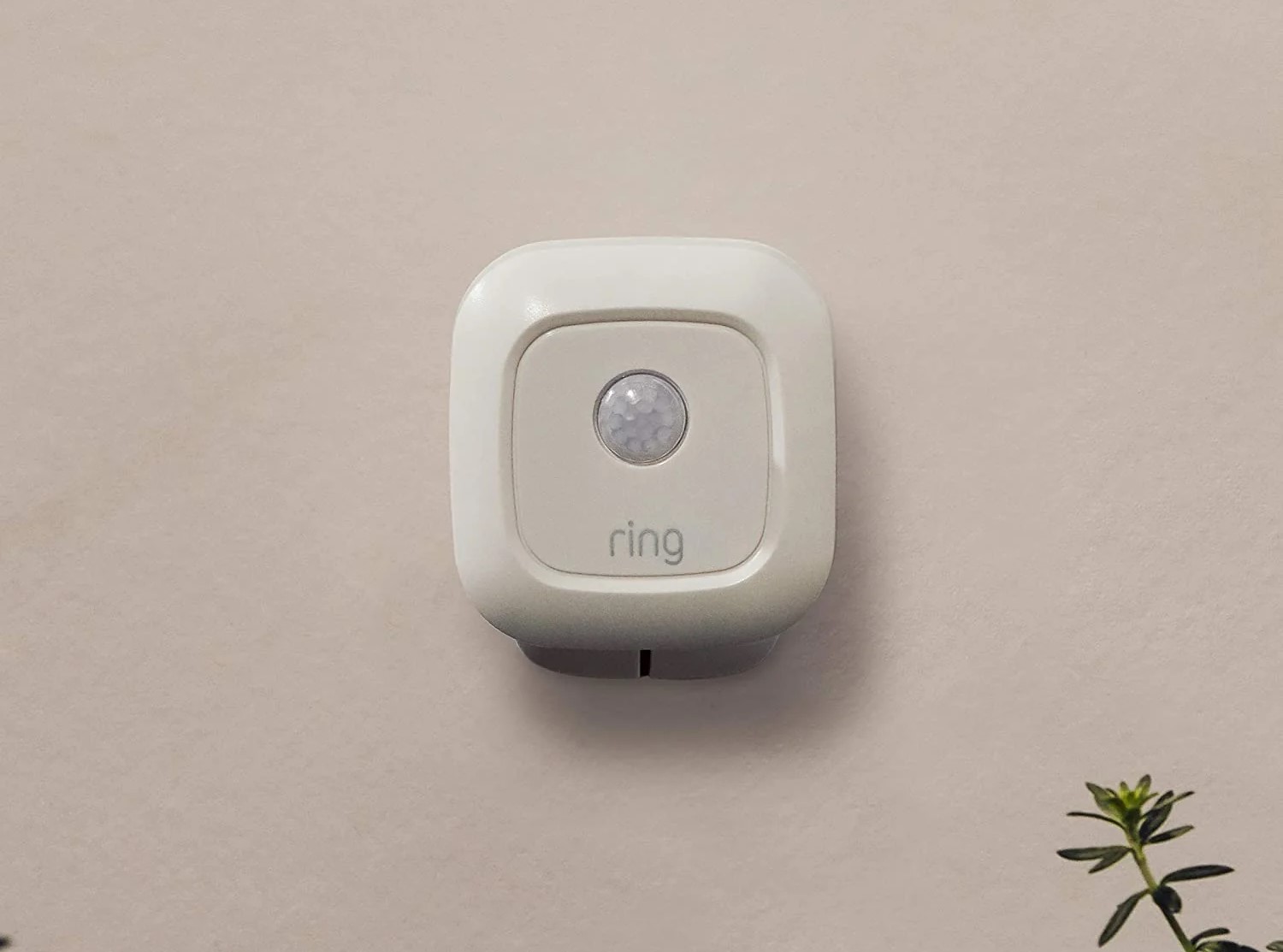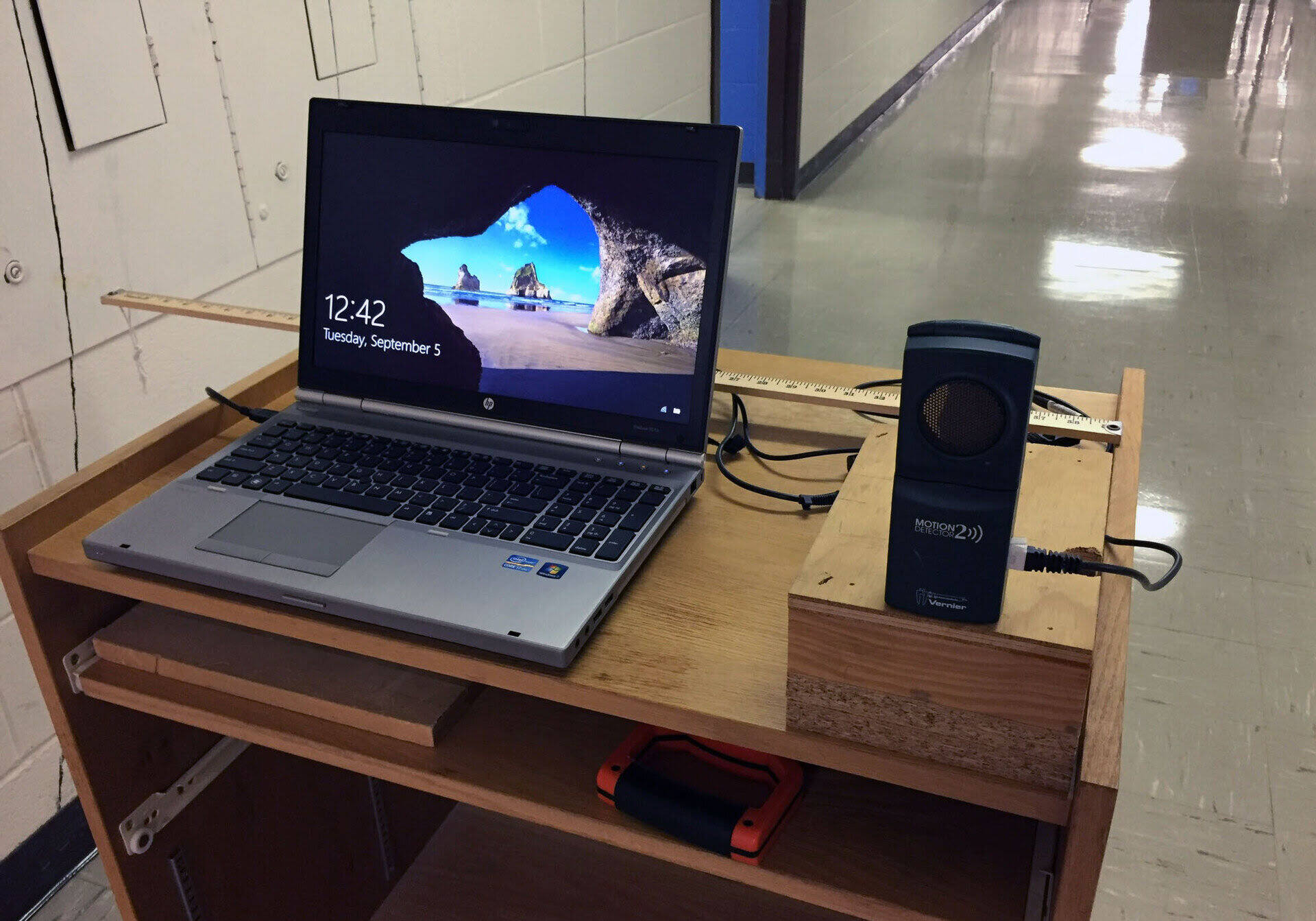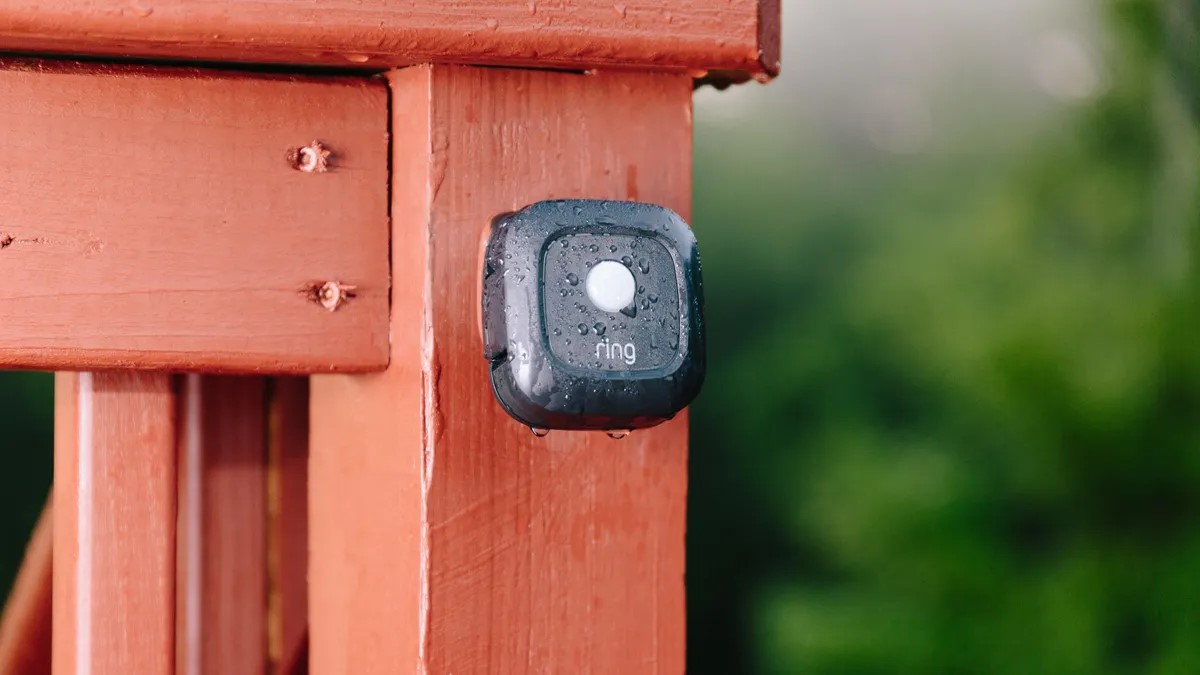Home>Home Security and Surveillance>How Far Can A Ring Motion Detector Work
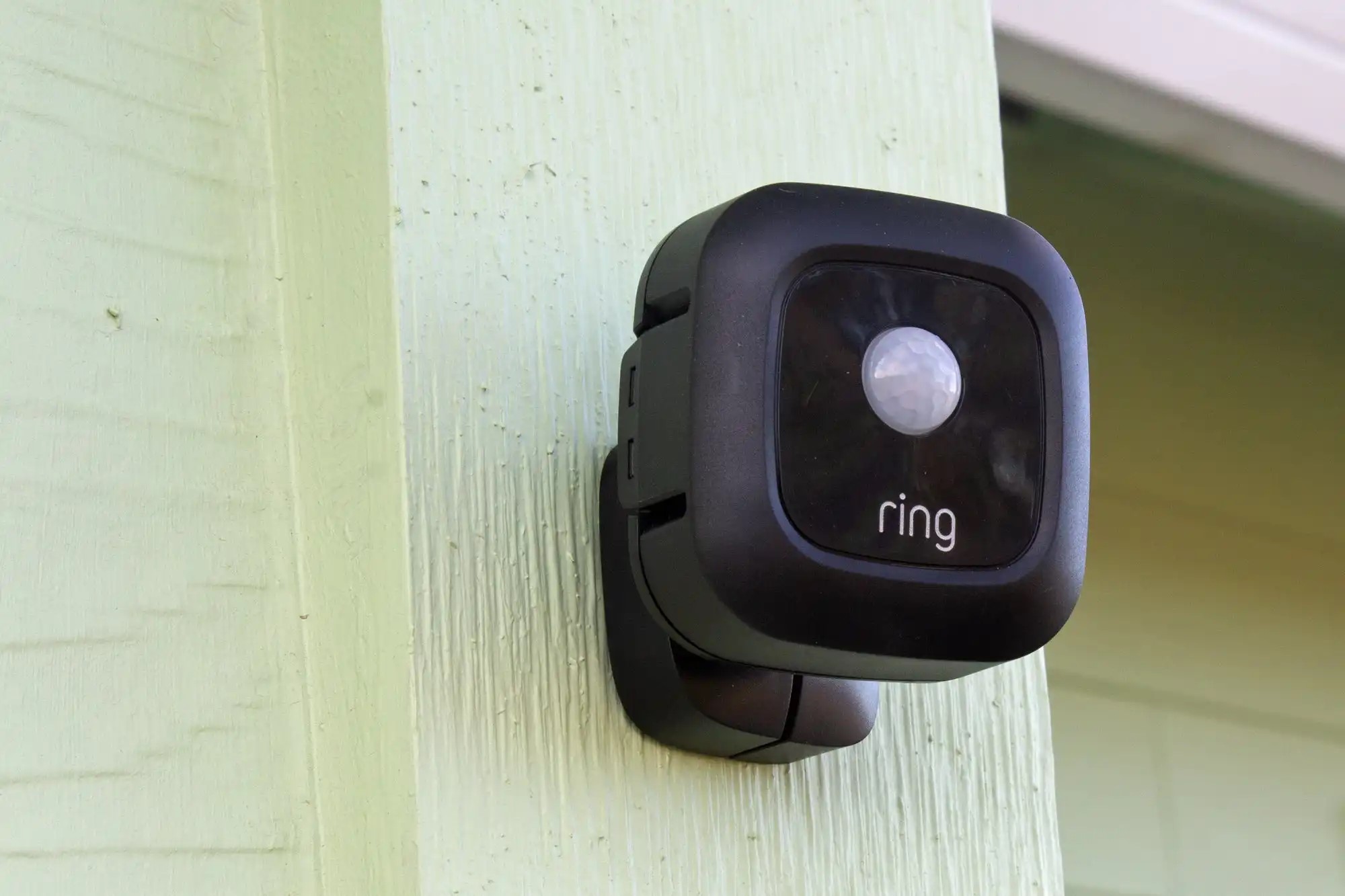

Home Security and Surveillance
How Far Can A Ring Motion Detector Work
Modified: March 24, 2024
Discover how far a ring motion detector can work and enhance your home security and surveillance system with this informative guide.
(Many of the links in this article redirect to a specific reviewed product. Your purchase of these products through affiliate links helps to generate commission for Storables.com, at no extra cost. Learn more)
Introduction
Welcome to the world of home security and surveillance! In today’s rapidly evolving technological landscape, ensuring the safety of our homes and loved ones has become more important than ever. One of the key components of a comprehensive security system is a motion detector, and one popular option on the market is the Ring Motion Detector.
The Ring Motion Detector is a cutting-edge device that detects motion in its vicinity and triggers an alert, allowing homeowners to take necessary action. Whether it’s a potential intruder or simply a family member returning home, the Ring Motion Detector is designed to keep you informed and provide peace of mind.
In this article, we will dive into the details of the Ring Motion Detector, exploring its working principle, factors affecting its range, and tips to maximize its effectiveness.
So, let’s get started and learn more about this innovative security solution!
Key Takeaways:
- The Ring Motion Detector uses advanced technology to detect movement and send alerts to your phone, providing reliable home security and peace of mind.
- To maximize the effectiveness of the Ring Motion Detector, consider strategic placement, minimizing obstructions, adjusting sensitivity settings, and regular maintenance for optimal performance.
What is a Ring Motion Detector?
A Ring Motion Detector is a device that is used in home security systems to detect any movement or motion within its range. It is a key component of the Ring ecosystem, which is a popular brand known for its smart home security products. The Ring Motion Detector can be installed both indoors and outdoors, providing an additional layer of security and monitoring for your home.
The primary function of a Ring Motion Detector is to sense any movement within its field of view and communicate that information to the Ring Base Station. It is equipped with advanced sensors that are capable of detecting even subtle changes in the surrounding environment. Once the motion is detected, the Ring Motion Detector sends an alert to your smartphone or other connected devices through the Ring app, allowing you to take immediate action or monitor the situation remotely.
What sets the Ring Motion Detector apart from traditional motion detectors is its integration with other Ring devices, such as video doorbells, security cameras, and alarm systems. This seamless integration allows for a unified and synchronized security system, where all the components work together to provide comprehensive coverage for your home.
With features like adjustable sensitivity, customizable motion zones, and intelligent algorithms, the Ring Motion Detector can be tailored to suit your specific needs. Whether you want to monitor the perimeter of your property, the main entry points, or specific areas within your home, the Ring Motion Detector can be configured accordingly.
Additionally, the Ring Motion Detector is designed to be easy to install and set up. It can be mounted on walls or ceilings, providing flexibility in terms of placement. The device is battery-powered, ensuring that it remains operational even during power outages or if the wires are cut.
Overall, the Ring Motion Detector is a reliable and effective tool for enhancing the security of your home. Its integration with other Ring devices, user-friendly features, and advanced detection capabilities make it a popular choice among homeowners looking for a comprehensive and convenient home security solution.
Working Principle of Ring Motion Detector
The Ring Motion Detector operates on the principle of passive infrared (PIR) technology, which detects changes in infrared energy emitted by objects in its field of view. The device is equipped with a sensor that can sense the heat signatures emitted by living beings and other objects.
When the Ring Motion Detector is activated, it continuously monitors its surroundings for any fluctuations in infrared energy. The sensor is designed to detect the unique patterns created by moving objects, such as humans or animals, as they emit a different level of heat compared to static objects.
Upon sensing a change in infrared energy, the Ring Motion Detector triggers an alert and sends a signal to the Ring Base Station. The Base Station then relays this information to the connected devices through the Ring app, allowing you to receive real-time notifications and take appropriate action.
One of the key features of the Ring Motion Detector is its ability to distinguish between different types of motion. It uses sophisticated algorithms to filter out false alarms caused by environmental factors like swaying trees or passing cars. This helps to ensure that you receive accurate and reliable alerts only when there is actual human or animal activity.
In addition to PIR technology, the Ring Motion Detector also utilizes other sensors that enhance its detection capabilities. These sensors include ambient light sensors, which allow the device to adjust its sensitivity based on the lighting conditions, and pet-immune sensors, which can differentiate between the movement of small pets and larger humans.
Furthermore, the Ring Motion Detector offers customizable settings to tailor its performance to your specific needs. You can adjust the motion detection range, define specific motion zones for monitoring, and set the sensitivity level according to your preference. This allows you to fine-tune the device’s performance to minimize false alarms while ensuring comprehensive coverage of your desired areas.
Overall, the working principle of the Ring Motion Detector revolves around its ability to detect changes in infrared energy emitted by objects in its field of view. This reliable and accurate detection mechanism, combined with advanced algorithms and customizable settings, makes the Ring Motion Detector an efficient and effective tool for home security and surveillance.
Factors Affecting the Range of Ring Motion Detector
The range of a Ring Motion Detector refers to the maximum distance at which it can effectively detect motion. While the device offers an impressive range, several factors can affect its performance and limit its detection capabilities. Understanding these factors is crucial to ensure optimal placement and maximize the effectiveness of the Ring Motion Detector.
1. Placement: The placement of the Ring Motion Detector plays a significant role in its range. Ideally, it should be installed in a central location to cover a wider area. Placing it near entry points or in high-traffic areas can enhance its effectiveness. Avoid placing the device too high or too low, as it may affect its view and detection range.
2. Obstructions: Obstacles such as walls, furniture, or vegetation can obstruct the line of sight between the Ring Motion Detector and the area being monitored. Thick walls or dense foliage can reduce the range and sensitivity of the device. It is essential to consider these obstructions and position the device accordingly for optimal coverage.
3. Mounting Height: The height at which the Ring Motion Detector is mounted can impact its range. Mounting it at a higher height allows for a broader field of view and longer detection range. However, mounting it too high may reduce its sensitivity to low-level motion. Finding the right balance and adjusting the mounting height is crucial for maximizing the device’s range.
4. Sensitivity Settings: The sensitivity settings of the Ring Motion Detector can also affect its range. Higher sensitivity levels may increase the detection range but can also lead to more false alarms caused by environmental factors or small animals. Lower sensitivity levels may reduce false alarms but might limit the device’s range. Adjusting the sensitivity settings based on the specific requirements and environment is essential.
5. Environmental Conditions: Environmental factors such as extreme temperatures, humidity, and direct sunlight can impact the performance of the Ring Motion Detector. Harsh weather conditions may affect the device’s ability to detect motion accurately. It is recommended to install the device in areas protected from direct exposure to the elements to maintain its effectiveness.
6. Battery Life: The battery life of the Ring Motion Detector can also affect its range, as a low battery can impact the device’s functionality. It is important to regularly monitor and replace the batteries as needed to ensure optimal performance and maximum range.
By considering these factors and taking appropriate measures, such as strategic placement, adjusting sensitivity settings, and minimizing obstructions, you can optimize the range and performance of the Ring Motion Detector to create a robust security system for your home.
The range of a ring motion detector can vary depending on the model, but typically they can detect motion up to 30 feet away. Keep this in mind when positioning the detector for optimal coverage.
Range of Ring Motion Detector in Different Environments
The range of a Ring Motion Detector can vary depending on the environment in which it is installed. While the device offers a specified maximum detection range, the actual range experienced may be influenced by factors such as the surroundings, layout, and other environmental conditions. Let’s explore how the range of the Ring Motion Detector may be affected in different environments:
1. Indoor Environment: In a typical indoor environment with minimal obstructions, the Ring Motion Detector can achieve its maximum detection range. With a clear line of sight and unobstructed view, the device can reliably detect motion up to the specified range. However, it is important to consider factors such as room layout, furniture placement, and walls that could potentially affect the device’s range. Thick walls or partitions may reduce the range, while open spaces allow for maximum coverage.
2. Outdoor Environment: When installed outdoors, the range of the Ring Motion Detector may be influenced by various factors. Obstacles like trees, bushes, fences, or walls can obstruct the device’s line of sight and impact its range. Additionally, environmental conditions such as wind, rain, or direct sunlight may affect the device’s performance. It is crucial to strategically position the device to minimize obstructions and optimize its range in outdoor settings.
3. Large Spaces: In larger spaces such as warehouses, garages, or expansive open areas, the range of the Ring Motion Detector may need to be carefully considered. Larger spaces require additional devices or strategic placement to ensure thorough coverage. By installing multiple motion detectors strategically, you can extend the detection range and create a comprehensive surveillance system for large areas.
4. Specific Motion Zones: For targeted monitoring of specific areas, such as entrances or hallways, the Ring Motion Detector can be configured to create custom motion zones. By defining specific areas within its field of view, you can focus the device’s detection capabilities and maximize the range within those zones. This allows for precise monitoring of critical areas while reducing false alarms from unwanted motion outside of those zones.
5. Pet-Friendly Settings: If you have pets in your home, it is important to take into account their movements and adjust the device’s settings accordingly. The Ring Motion Detector offers pet-friendly settings that allow you to customize the device’s sensitivity to ignore the motion caused by small animals. By enabling these settings, you can reduce false alarms while maintaining the range and effectiveness of the device.
It is worth noting that the specific range of the Ring Motion Detector can vary based on the model and generation of the device. It is recommended to refer to the manufacturer’s specifications and guidelines for accurate information regarding the range of your specific device.
By considering the factors mentioned above and tailoring the installation and settings to the unique characteristics of your environment, you can ensure optimal range and performance of the Ring Motion Detector.
Read more: How Does The Motion Detector Work On Ring 2
Tips to Maximize the Range of a Ring Motion Detector
The range of a Ring Motion Detector plays a crucial role in its effectiveness in detecting motion and maintaining the security of your home. To make the most out of your device and maximize its range, consider the following tips:
1. Strategic Placement: Position the Ring Motion Detector in a central location that provides the widest coverage for the area you want to monitor. Avoid placing it too high or too low, as it may affect the device’s field of view and detection range. Additionally, ensure that there are no obstructions, such as furniture or decor, blocking the device’s line of sight.
2. Consider Wall Mounting: Mounting the Ring Motion Detector on a wall, rather than ceiling placement, can provide a broader coverage range. Walls often have fewer obstructions compared to ceilings, allowing for better detection capabilities and higher range. Choose a height that provides an optimal balance between coverage and sensitivity.
3. Minimize Obstructions: Obstacles such as walls, curtains, or vegetation can hinder the performance of the device and reduce its range. Ensure that the surrounding environment is clear of any potential obstructions that may obstruct the device’s view. Trim any overgrown foliage or reposition furniture, if necessary, to achieve the best range and coverage.
4. Adjust Sensitivity Settings: The Ring Motion Detector allows you to adjust its sensitivity settings to fine-tune its performance. Higher sensitivity levels increase the range but may also result in more false alarms triggered by environmental factors like swaying branches or passing cars. Find the right balance by adjusting the sensitivity settings based on your specific needs and environment.
5. Define Motion Zones: Utilize the customizable motion zones feature of the Ring Motion Detector. By defining specific areas within its field of view, you can focus the detection capabilities and maximize the range within those designated zones. This helps to minimize false alarms and ensure that motion outside of the designated areas does not trigger unnecessary notifications.
6. Consider Multiple Devices: In larger spaces or areas with complex layouts, consider using multiple Ring Motion Detectors strategically placed to provide comprehensive coverage. This approach helps to extend the detection range and ensure that all areas are well monitored, increasing the overall effectiveness of your home security system.
7. Regular Maintenance: Ensure that your Ring Motion Detector is properly maintained to maximize its range and performance. Regularly check the device for any signs of damage, such as dirt or condensation on the lenses, and clean them if necessary. Replace the batteries as needed, and keep the device firmware updated to access the latest features and improvements.
By implementing these tips, you can optimize the range of your Ring Motion Detector, enhance its detection capabilities, and create a more robust security system for your home. Remember to refer to the manufacturer’s guidelines and specifications for your specific device to ensure proper installation and utilization.
Conclusion
Investing in a Ring Motion Detector can significantly enhance the security and surveillance of your home. This advanced device is designed to detect motion and alert you of any potential intrusions or activity in real-time. Throughout this article, we have explored the various aspects of the Ring Motion Detector, including its working principle, factors affecting its range, and tips to maximize its effectiveness.
Understanding the working principle of the Ring Motion Detector, which relies on passive infrared (PIR) technology, allows you to grasp how it accurately detects motion and distinguishes between different types of movements. By utilizing advanced sensors and intelligent algorithms, the device minimizes false alarms and ensures reliable detection.
Factors such as placement, obstructions, and environmental conditions can impact the range and performance of the Ring Motion Detector. By strategically positioning the device, minimizing obstructions, and adjusting sensitivity settings, you can optimize its range and coverage. Additionally, considering factors like mounting height, specific motion zones, and the size of the space being monitored can further enhance its effectiveness.
By following the tips provided, you can maximize the range of your Ring Motion Detector and improve the overall security system of your home. It is important to remember that each home and environment is unique, so experimentation and fine-tuning may be necessary to find the optimal settings and configuration for your specific needs.
Overall, the Ring Motion Detector offers a reliable and convenient solution for keeping your home safe and secure. By integrating it into your home security system, you gain peace of mind knowing that you will be alerted to any suspicious activity or movement. With its advanced features, user-friendly interface, and seamless integration with other Ring devices, the Ring Motion Detector is a valuable tool in safeguarding your home and protecting your loved ones.
So, take advantage of the technology at your disposal and invest in a Ring Motion Detector to enhance the security and surveillance of your home today!
Frequently Asked Questions about How Far Can A Ring Motion Detector Work
Was this page helpful?
At Storables.com, we guarantee accurate and reliable information. Our content, validated by Expert Board Contributors, is crafted following stringent Editorial Policies. We're committed to providing you with well-researched, expert-backed insights for all your informational needs.
